Heirloom Oregano: A Culinary Herb in a League All its Own
A fast growing herb, oregano serves many purposes beyond the kitchen counter
Related to mint (but nowhere near as sweet), oregano is a popular herb found throughout Italian, Greek, and Mexican cuisines. Whereas Greek oregano is very strong and slightly bitter with a clove-like afterbite, Mexican oregano is almost all bitter, and can be almost tongue numbing. Oregano is great with anything involving tomatoes, and goes very well with savory dishes like eggs and roasted meats.
How to Grow:
Because it loves warm climate and direct sunlight, you want to plant your oregano only when you are sure the last frost has passed. It only takes a week-and-a-half to germinate, with the leaves ready for harvest after six. Since compost and manure have a tendency to adversely affect the final flavor of the leaves, it is best to plant the seeds (or transplants) fifteen inches apart in loose, moist soil and cover with mulch to combat weeds. Because it is drought tolerant, as long as you water it periodically, the plant will take care of itself.
Non-Culinary Uses:
Oregano can be used as a border for many gardens and walkways. It is a perennial and will
grow back each year. Many people enjoy its aromatic fragrance. Due to its high levels of an antiseptic called carvacrol (also responsible for its ‘pizza-like’ flavor), oregano acts as a bacterial inhibitor and an effective first-aid treatment for insect, spider, and even snake bites.
Culinary Uses:
Oregano is often used in many soups and pasta sauces. However, oregano is most widely recognized as the “special herb” which turns bland pizza sauce into real pizza sauce. You can make your own pizza sauce following the simple recipe below.
Ingredients Needed:
1 32 oz can of plain crushed tomatoes
1 8 oz. can of tomato paste
½ teaspoon of dried crushed oregano (Either True Greek or Sweet Marjoram will work well).
2 Tablespoons extra virgin olive oil
2 cloves minced garlic
¼ cup water
In a medium saucepan, heat the olive oil over medium heat.
Add the garlic and simmer over low heat for 2 minutes.
Add in the rest of the ingredients and mix well.
Simmer over low heat for 20 to 30 minutes.
Author Credits: Elizabeth Trementozzi Krause publishes her own Italian cooking website,
www.simpleitaliancooking.com where she features more Italian recipes. She enjoys spending her time cooking and drinking espresso with friends and family. She and her husband love eating pizza with a dish of pasta on the side along with a nice green salad. She offers a newsletter each week featuring new recipes and tips.

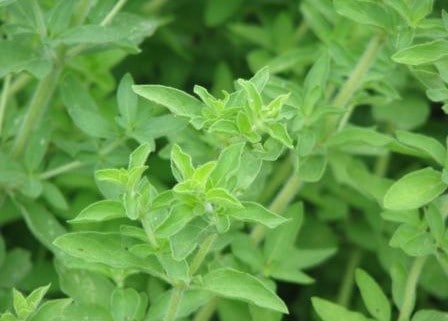

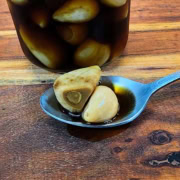 © 2024 Terroir Seeds | Underwood Gardens
© 2024 Terroir Seeds | Underwood Gardens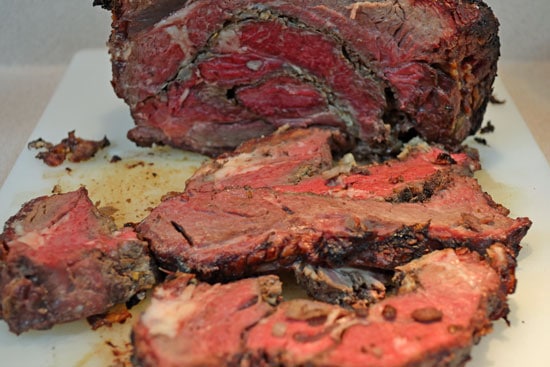
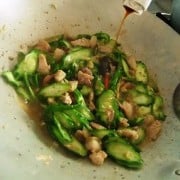

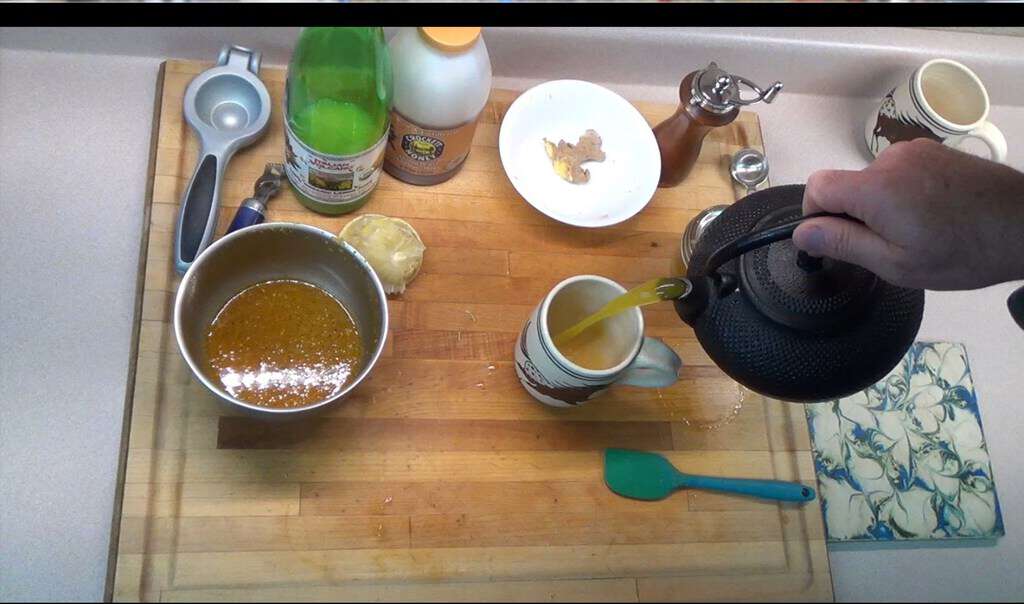


My parents live in zone3 and they have oregano taking over their lawn! They planted it over 5 years ago and it has definitely perennialized! They have tried everything they could think of to get rid of it, but they have come to terms with it being there to stay. They do still collect leaves for cooking, but have recommended that I NOT plant it myself due to its aggressiveness.
Anyone want some cold-hardy oregano? :)
I read on another blog, that the name oregano, is Greek for, joy of the mountain. What a wonderful name!
Oregano and Thyme can and will “nativize” and take over its space, and those around it. Creeping thyme is so hardy that it is used as a groundcover, can be walked and driven on, and must be mowed when established! Not bad for a simple herb!
You are correct, there are several names for Oregano, as it has been used in many capacities for thousands of years, not only for cooking, which is recent, but for medicinal uses initially.